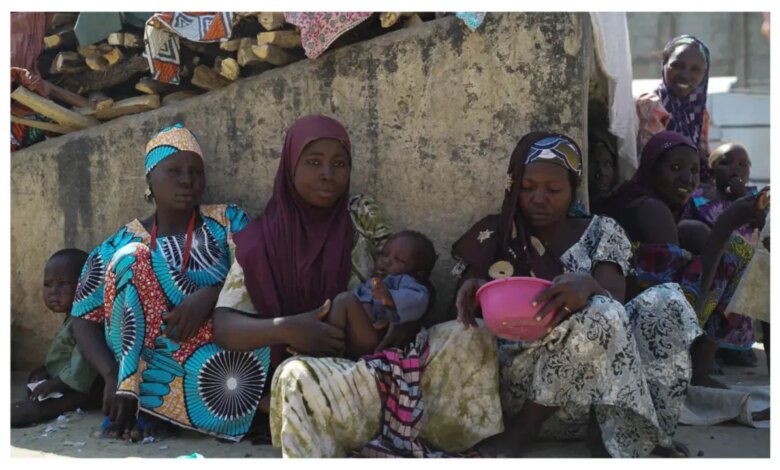Experts warn as Katsina’s child hunger, deaths nine times higher than Gaza

A report released by Médecins Sans Frontières (MSF) on July 25, 2025, has continued to spark intense debate after it disclosed that 652 infants and young children died from hunger-related illnesses in Katsina State within the first six months of the year.
This means the number of children who died from hunger in Katsina surpassed that of Gaza even though Katsina is not a war zone.
A UNICEF report dated July 24, 2025, noted that hunger deaths among children in Gaza increased from 52 to 80 in the first half of 2025. This means that the Katsina toll is almost nine-times higher.
Human rights groups, including Amnesty International, have expressed serious concern.
Isah Sanusi, Amnesty International Country Director in Nigeria, in an exclusive interview with DAILY POST, urged northern governors—particularly Katsina—to declare a state of emergency on child malnutrition and food scarcity.
“This is not only happening in Katsina,” Sunusi warned.
“We are seeing similar crises in Kebbi, Sokoto, and Zamfara, where children are dying of hunger and even nursing mothers lack enough food.”
He criticized the Katsina State Government for treating the crisis with levity.
Renowned UK based human rights lawyer and security analyst, Bulama Bukarti of Tony Blair Institute for Global Change, also described the MSF report as alarming.
“The 652 deaths are only children—adults are not even counted. Ninety percent of households have reduced food intake, some from three meals a day to two, or even one, due to federal policies,” he said.
Bukarti blamed bandit violence for worsening food shortages.
Rabi Salisu, a 45-year-old displaced mother from Safana LGA, told DAILY POST in a telephone conversation that many children have died in their struggle to survive.
“We can’t farm for fear of bandits, markets are unsafe, and attacks happen even in broad daylight,” she said.
The Katsina state government made some promises in response. The state Primary Healthcare Development Agency’s Executive Secretary, Dr. Shamsuddeen Yahaya, said the report had highlighted the extent of the crisis.
“Following last year’s survey, 25 Outpatient Therapeutic Points were set up in five high-burden LGAs to provide nutritional supplements and treatment for children,” he explained.
Dr. Umar Bello, Katsina Coordinator for the Accelerating Nutrition Results in Nigeria (ANRiN) Project, said the focus is shifting from reactive to preventive strategies. ANRiN 1.0 reached three million beneficiaries with micronutrients and counselling, while ANRiN 2.0 will work with state ministries to tackle food insecurity at its roots.





